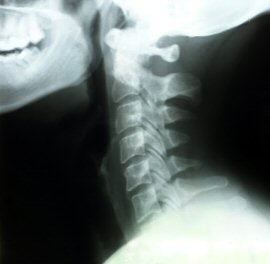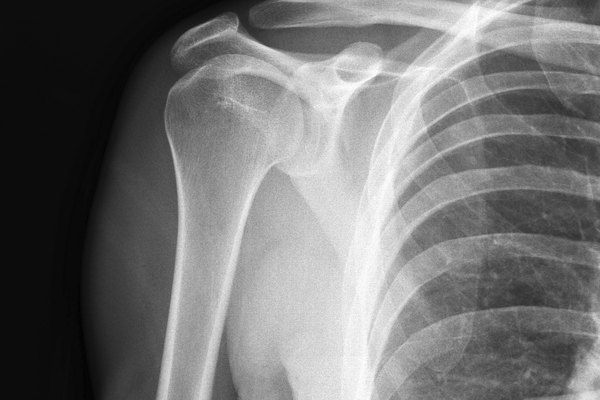

The features of NP in a 57-year-old woman, with x-ray-proven cervical spondylosis, are presented in this article.Ī 57-year-old female presented to the dermatology outpatient department with a six-month history of refractory, recurrent bouts of localized pruritus in otherwise healthy skin, most characteristic along the superior left posterior thoracic wall. The cause of NP may remain clouded if advances in imaging do not refine diagnosis. Spinal nerves and roots are vulnerable to compression as they exit the spinal cord, and they can be chronically compressed by narrowing of the bony foramina. Neuropathic itch and pain are signaling abnormalities - the causative lesion may be half a meter away from where the symptoms are felt, in a nerve, nerve root, spinal cord, or the brain. Along with the pruritus, patients may also experience burning, tingling, coldness, hyperesthesia, hypoesthesia, numbness, or nerve pain in the area where pruritus appeared . Hyperpigmentation in the affected area often results from scratching itchy, desensate skin . A left-sided and posterior location matches well with the location of NP almost always, NP is unilateral . Pruritus is the overwhelming clinical symptom in the majority of patients . Doubtless, many cases go largely unrecognized, underdiagnosed, or overlooked in the routine clinical practice .

Although it is common, patients underestimate their symptoms, and physicians present an inertia to consider the possibility of NP, and far fewer know about the neuropathic itch. Notalgia paresthetica (NP) is a cutaneous sensory neuropathy that predominantly affects females, with onset at middle age or older .


 0 kommentar(er)
0 kommentar(er)
